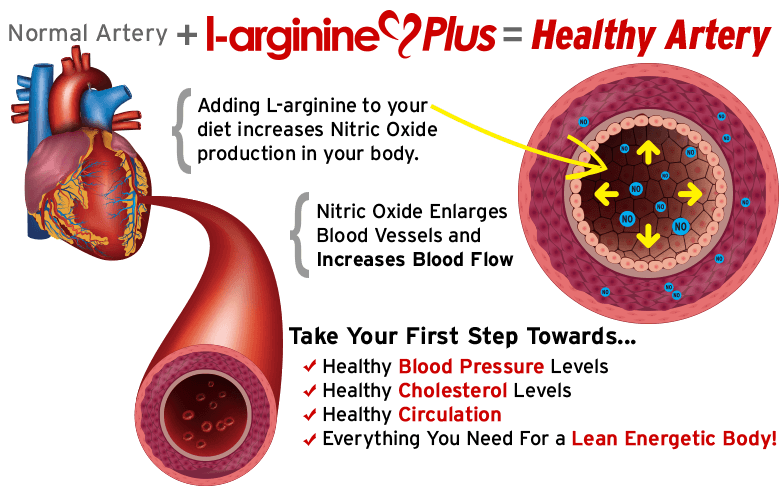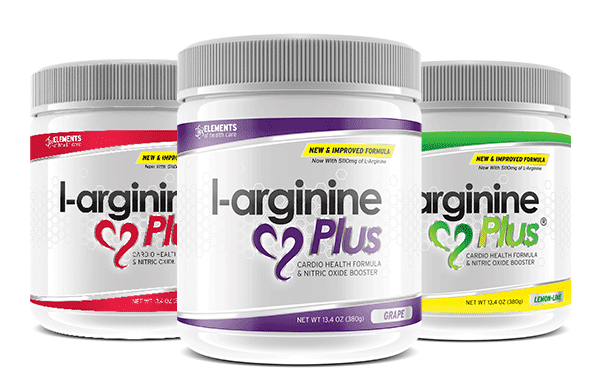So, your DOT physical is coming up and you need to make sure your blood pressure will pass the test. The DOT has rigorous requirements for blood pressure, and you can’t afford to not get the certification you need.
Let’s dive into the DOT exam, blood pressure, and what you can do to lower your blood pressure.
DOT Physical Exam
The Department of Transportation (DOT) requires a physical exam before allowing drivers to drive a commercial motor vehicle (CMV). The physical includes a urinalysis, vision, hearing, a general physical exam and, of course, a blood pressure measurement. The physical can be performed only by a Certified Medical Examiner or through a Veterans Administration hospital.
What is blood pressure?
Blood pressure is a measurement of the force of blood that presses against your artery walls. When you have your blood pressure taken, it will appear as two numbers, one over the other. The top number is your systolic blood pressure—your blood pressure when your heart beats. The other is diastolic blood pressure—or your blood pressure when your heart rests between beats.
So, what do those numbers tell you about your blood pressure?
| Blood Pressure Category | Systolic | Diastolic |
| Normal | Below 120 | Below 80 |
| Elevated | 120 – 129 | Below 80 |
| High (stage 1 hypertension) | 130 – 139 | 80 – 90 |
| High (stage 2 hypertension) | 140 and above | 90 and above |
| Hypertensive Crisis | 180 and above | 120 and above |
Why is blood pressure important for drivers?

High blood pressure doesn’t have very many outward signs or symptoms—meaning you could have high blood pressure without knowing it. That is why it is so important to get it checked regularly, and why the DOT physical exam requires it.
High blood pressure can lead to serious health concerns, including heart failure, heart disease, heart attack, and stroke.
These are not desirable conditions or events for anyone, but especially for someone who is behind the wheel. By protecting your blood pressure, you protect yourself and others around you.
What are the DOT blood pressure requirements?
- Two-Year DOT medical certification:blood pressure must be under 140/90
- One-year DOT medical certification a systolic of 140-159 and a diastolic of 90-99. Though the driver obtains certification, this is still considered Stage One Hypertension. The driver should work to lower their blood pressure.
- Three-month temporary DOT certification: a systolic of 160-179 and a diastolic of 100-109. Blood pressure medication may be recommended. The driver will be tested again at the end of the three-month certification. If blood pressure has been lowered, he or she may qualify for a one-year certification.
- No certification: If the driver has a systolic of 180 or higher and a diastolic of 110 or higher do not qualify for any certification until blood pressure is lower than 140/90. This is stage three hypertension and the driver should seek medical help right away.
How can I lower my blood pressure before my DOT physical?

Don’t wait for your DOT physical exam to get your blood pressure taken. Get your blood pressure taken regularly. You can even learn to do it at home.
Eat a health diet, full of fruits, vegetables, and whole grains. Focus on consuming foods with potassium (potatoes, white beans, bananas) and magnesium (almonds, avocados, spinach, dark chocolate).
Limit your salt intake. Salt naturally increases blood pressure.
Exercise regularly. Physical activity lowers your blood pressure, improves circulation, and improves your energy and overall health.
Manage your cholesterol. Avoid foods with trans and saturated fats (foods that are packaged, processed, and/or deep-fried) and focus on healthy fats (fatty fish, avocados, beans, nuts, vegetable oils).
Do not smoke or use tobacco. Smoking makes your blood pressure spike, and increases the plaque buildup in your blood vessels.
Maintain a healthy weight. Excessive weight puts more pressure on you heart. But maintaining a healthy weight through healthy eating will help you decrease your blood pressure.
Limit alcohol intake. Alcohol can cause your blood pressure to spike and increase weight. Drinks should be limited to no more than 2 for men and 1 for women per day.

Healthy Food Recommended for Diabetes
Manage diabetes. High blood sugar will damage blood vessels over time. Work with your doctor if you have diabetes.
Manage stress. Stress and blood pressure are linked. Take time to meditate, do yoga, relax, and do activities you enjoy.
Get quality sleep. The average adult needs 7 – 9 hours of sleep every night. Poor sleep can increase your chance of high blood pressure; regular sleep will keep your blood pressure healthy.
Take supplements that increase nitric oxide in your blood. This will make your blood vessels relax and open. L-arginine promotes NO production in your body and is simple to incorporate into your day.
Get Support with L-arginine Plus

L-arginine Plus is a powerful proven healthy blood pressure support supplement. L-arginine Plus works by increasing nitric oxide in the body to open the blood vessels. This process takes pressure off the heart as it pumps blood throughout the body.

L-arginine Plus is a great support supplement if you’re looking to get the help you need for your blood pressure to ensure you can stay on the road as a driver.
You can learn more on our home page here.
The Bottom Line
Now you know. You know what a DOT physical is, what blood pressure is, and what you can do to lower your blood pressure. You are well on your way to passing your DOT physical!

